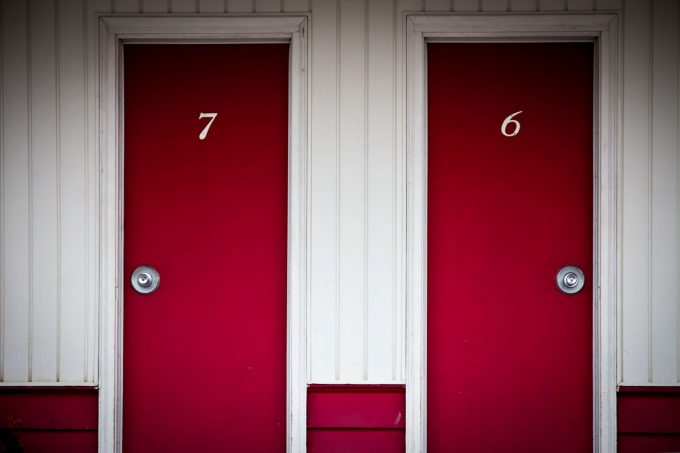How to heat up winter bookings
The outdoor lifestyle is as Australian as thongs and boardies.
Why else would our most successful tourism advert feature Hoges offering to ‘slip another shrimp on the barbie’?
But when winter comes around and a chill wind whips in off the Southern Ocean, that al fresco lifestyle comes under threat.
Accommodation providers need a way to keep their guests snug and allow them to relax in comfort beneath the Southern Cross.
Those able to extend their outdoor season using cost-effective heating solutions will reap the benefits of valuable floor space all year round, so customers can enjoy beer gardens, terraces, courtyards and smoking areas in comfort.
Having an inviting courtyard to market can not only put bottoms on your rattan chairs, but dollars on your bottom line.
Heating options for your outdoor space
Wood-burners, gas, infra-red and electric heaters come in a dizzying array of shapes and sizes. From slimline wall-mounted thermastrips to deluxe stainless steel flame models, there’s an out-door heater to suit every space and budget.
Where once an outdoor heater was considered an ugly necessity, now it can be an integral part of sleek exterior design.
Most models claim a level of environmental friendliness – with green credentials boosted by a concerted effort by manufacturers to enhance efficiency and cut emissions for even the cheapest models.
The key when selecting a heater is to find what works best in terms of energy efficiency and effectiveness for your space.
Wood burners including Mexican chimeneas are attractive and inviting, but can prove smoky, are unsuitable for use around young children and require a ready supply of logs.
Gas heaters are available in two types: propane and natural gas. Propane heaters usually have a heavy base for the gas bottle and a mushroom-shaped cap to reflect the heat. They offer flexibility of positioning and should have Piezo ignition which start them at the press of a button, but they require adequate ventilation as they release carbon monoxide. A 9kg bottle for a propane gas heater will need replacing after about 10 hours of use. Natural gas heaters are usually fixed into position on floors or walls and plumbed by a licensed gasfitter. The gas doesn’t run out and they cannot be tipped over.
Electric radiant heaters just need to be plugged into a regular electric socket. They produce a soft, ambient light as well as heat and are safe to mount on walls, and under shade sails, umbrellas and other fabric coverings. While more electric radiant heaters may be needed to heat the same area as gas heaters, the total running costs work out at about the same.
Infrared heaters provide a gentle warmth that can feel more comfortable than conventional radiant heat as they heat objects in a space rather than the air. They provide a penetrating and even heat that does not dry out the air. They are more efficient than conventional electric heaters but generally more expensive and bulky.
Safety considerations
Ceiling height is important when considering which heating option is best for your space.
Outdoor spaces with ceilings up to four metres can use both gas-fired and electrically powered high intensity heaters, mounted on the walls or suspended from the ceiling.
In spaces with low ceilings, mid-intensity electric heaters may be more suitable.
Level surfaces which can hold plenty of weight are essential when considering where to place outdoor heaters, while sheltered sites out of high wind areas are also important, with heaters kept a safe distance from low-hanging branches or other combustibles.
Safety switches are another essential feature. Propane gas heaters should have a tip-over safety switch for automatic shut-off if the gas is knocked over, while all heaters should have an internal safety switch that turns them off if they gets too hot and become a fire hazard.
Cool-touch glass is standard on most commercial outdoor heaters so they are safe around children and animals.
Safety approval certification, issued by either UL or CSA, ensures all safety requirements have been evaluated and met for each heater.
Efficiency controls
Zone controls on heaters ensure only areas used by customers are heated, rather than large spaces which allowing for wasted energy.
Timers, remotes and switches allow for further control and better fuel efficiency. Remotes and passive infrared switches can be triggered by movement detected by sensors. These are best suited to units that pro-vide instant heat, such as electric infrared heaters, to ensure equipment is operational only when required.

AccomNews is not affiliated with any government agency, body or political party. We are an independently owned, family-operated magazine.







